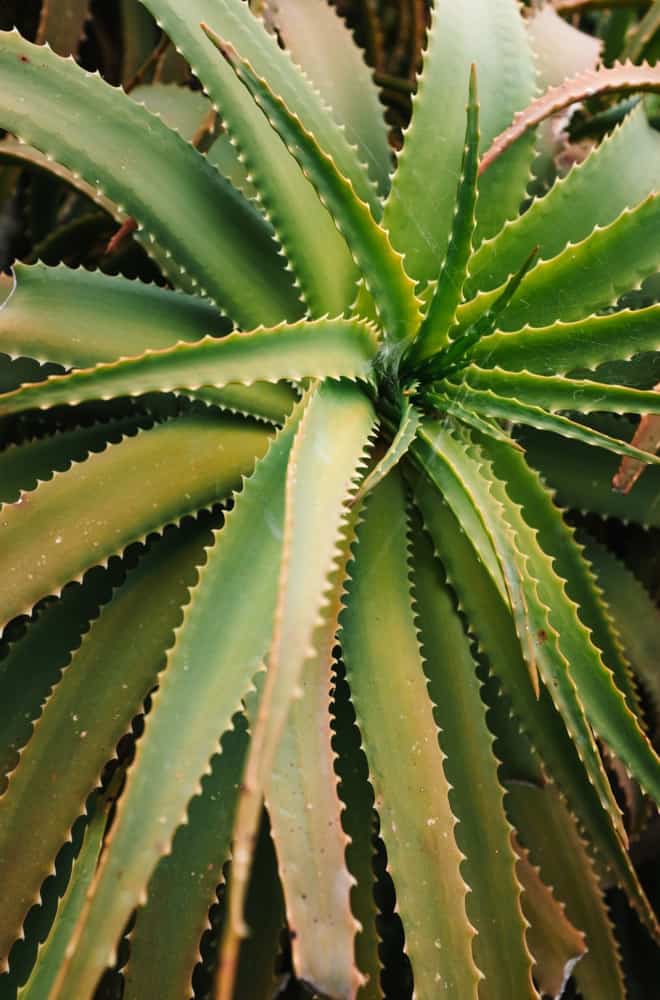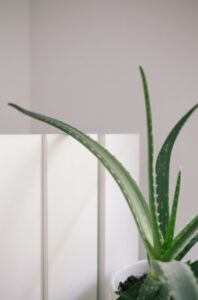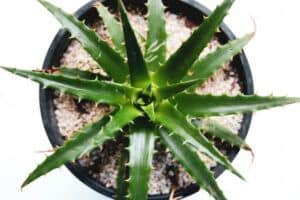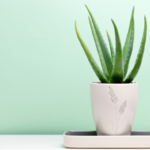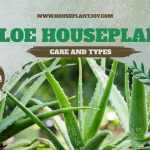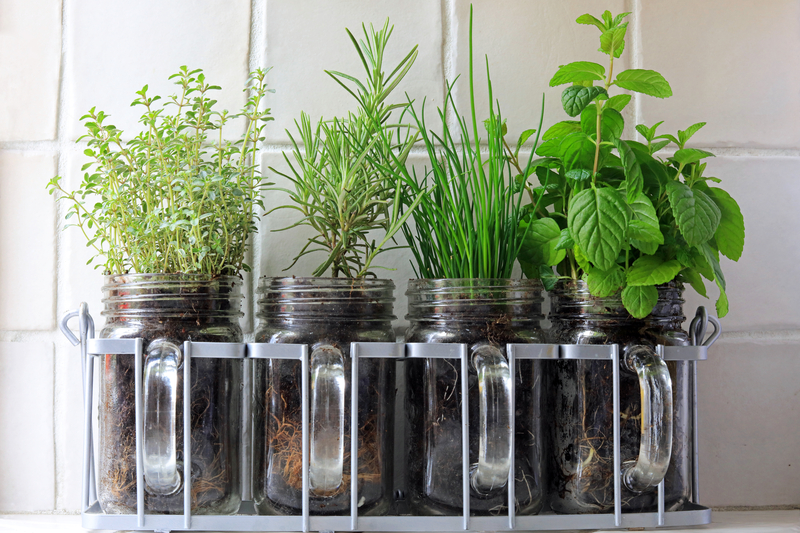HousePlantJoy is supported by our audience. When you purchase through one of our links, we may earn a small affiliate commission. As an Amazon Associate I earn from qualifying purchases. Your cost is not affected.
==================
Aloe Vera plant care tips
Knowing proper Aloe Vera plant care ensures your plant grows healthy and allows it to bring great , or you can say the best remedy against sunburnt skin, is a household name, and the plant is found in many homes and offices. Aloe Vera plants are suitable for both indoors and outdoors, so the plant is versatile and needs low maintenance than the other plants. It makes Aloe Vera the favorite plant of many people.
People like to have this plant due to various reasons. Some use it as a décor piece in their kitchen and drawing rooms, while some prefer it due to its medicinal uses. You can speed up the healing process of burnt skin just by placing an Aloe Vera leaf on the affected area.
Amazing right? Now it’s your primary responsibility to provide adequate care and maintenance to the Aloe Vera plant that keeps it safe and hearty. Luckily, Aloe Vera plant care is much simpler than maintaining the other plants.
This Aloe Vera Plant Care guide aims to assist you in providing proper to your plant, and by the end, you will know how to maintain and look after the plant in a correct way. Let’s check out:
Buying Aloe Vera Plant
Before we move on to the plant’s care and maintenance, it’s vital to know where you can buy the Aloe Vera plants. These plants are prevalent, and you can easily find them at garden centers, nurseries, big lot centers, and some grocery stores that also sell this plant. However, when buying the Aloe Vera plants for your home, keep the following points in your mind and never buy dull plant:
You will often see Aloe Vera plants with brown, yellow, or spotty leaves; never buy them.
Pay attention to the plant’s and pot’s base; if roots are coming out of the pot, it means it is affected or kept in the pot for very long. So, don’t buy this particular plant and look for any other.
Also, monitor the plant’s soil and leaves. Look out for pest and insect damages. If you see any, don’t buy that Aloe Vera.
It’s not a good idea to buy a plant with dropping leaves.
How to Care for an Aloe Vera Plant
Now it’s all about Aloe Vera plant care and maintenance. Aloe Vera plant care is simple, even for beginners. So, if you like plants but find it hard to care for them, this is the best plant for you. Generally, Ale Vera plants love sunlight, not frequent watering, and they like warm temperatures. Besides, there are some steps that you must follow when it’s about Aloe Vera care. Let’s discuss them below in detail:
Sunlight or just light?
As mentioned above, Aloe Vera plants should be placed under bright sunlight. However, in the summer months, don’t place them under direct sunlight, but you can place them in direct sunlight in colder months but not for too long. If you do so, direct sunlight will burn the plant in no time so put them in a shady place.
Want to keep your plant healthy without natural sunlight? Use a grow light! These come in a variety of shapes and sizes. Choose one that creates an accent to your decor.
Watering Aloe Vera Plants
Usually, Aloe Vera plants are quite resilient and can live with minimal watering. However, not given them water at all will affect their lifespan. The proper way to water the Aloe Vera plant is by letting the excess water drain from the soil and water them appropriately. In this way, you will see the rapid growth of the plant.
Additionally, suppose you see brownish leaves or yellowish leaf tips of an Aloe Vera. In that case, it is a significant indication that the plant is asking for water or you are not watering the plant properly. Similarly, overwatering might cause black spots on the Aloe Vera leaves. Overwatering Aloe Vera can also lead to root rot, so it is more dangerous than under-watering the plant.
Ideal Temperature for Aloe Vera
The ideal temperature for an Aloe Vera plant is between 50 to 85 degrees Fahrenheit. Similarly, if you like to place Aloe Vera indoors, the perfect temperature is between 60 to 75 degrees Fahrenheit.
Toxicity Levels of Aloe Vera
Keep in mind that Aloe Vera plants are not safe for pet dogs and cats. The toxicity level in this plant is on the higher side. If your pet or dog chews the plant, the most common symptoms you will see are vomiting, anorexia, and urine color changes. Furthermore, the Aloe Vera plant contains glycosides, which is the main reason for vomiting and diarrhea. So, it is advised to keep your furry friend away from this plant.
Pests and Bugs that love Aloe Vera
The biggest enemy of the Aloe Vera Plant is Aceria aloinis, also known as Aloe Mite. You cannot see this pest with the naked eye, but it is identifiable with a microscope, and it looks like a worm.
This “mite problem” is complicated to identify as there are no visible symptoms before the damages are visible. Yes, this is a significant concern with the Aloe Vera. However, some common indicators of this problem include warty growth on leaves. If this mite problem is too severe, then it is impossible to remove it, and you will have to remove the plant entirely because these mites travel in the wind and may cause harm to your pets.
Repotting and propagation
Repotting: Repotting Aloe Vera plants is easy and essential. Repotting young Aloe Vera plants is necessary because they are still in the growing phase. However, this repotting process is straightforward and trouble-free. First, ensure that the place is level and there are no offsets. Now take the plant out of the old pot and then repot it in cactus potting mix.
Propagation: The best season for the Aloe Vera propagation are the summer months and spring months. This process is also simple. First, get rid of any offsets and let them dry for a couple of days. It will prevent the sap from evaporating. Propagation of an Aloe Vera plant needs a sandy potting mix. You can also make this at home with potting mix and sand split equally.
Other Considerations for Aloe Vera Plants
As mentioned earlier in this guide, Aloe Vera plants are highly toxic and, if digested by pets, immediately seek a veterinarian’s help. So, be cautious when placing the plant on the tabletop or inside your home.
After purchasing the Aloe Vera, it is better to keep the plant away from the other plants in your home garden. It would be best if you didn’t place new Aloe Vera plants with other houseplants for a couple of weeks or at least for a week. It comes in handy, and if the Aloe Vera plant is infected, it will not harm other plants in your nursery.
It’s better to fertilize Aloe Vera plants in the spring months and once in a year. The ideal fertilizer ratio is 10-40-10.
Troubleshooting Aloe Vera Plant Care Problems
The main problems in the Aloe Vera plants are caused due to overwatering. The second leading cause is improper or insufficient lighting. Remember all the Aloe Vera plant care tips mentioned above and follow them properly if you have Aloe Vera plants.
Below are some issues that you may encounter along with their solutions.
Mushy stem – When you see the full mushy stem, it is a clear sign of an overwatered Aloe Vera plant, and in some cases, it might already have to rot at the bottom. To tackle this, you’ll have to cut the affected stem and try rooting it again. Don’t forget to cut all of the rot, or else it will start to spread again.
Brown or Yellowish mushy leaves – The first thing to check is the stem’s health. If it is firm and only leaves are brown or yellowish, and you see mushy (rotting), just cut it off from the stem. Then reduce the watering for some days.
Dried brown leaves – If you see Aloe Vera leaves are drying or shriveling, it means that your Aloe Vera needs more water. The reason for this problem is improper watering to the plant. To handle this issue, cut the dry leaves and water them appropriately.
The Aloe Vera plant is too thin or tall – Which shows your Aloe Vera is not getting enough sunlight. In this case, place your Aloe Vera near a window or provide more light to the plant.
Brown leaf tips – Mainly, leaf tips become yellowish or brownish when a plant does not get enough water. But it can also occur due to sun scorch. Besides, if Aloe Vera leaves are too thin the leaves, you will have to water them more often.
Conclusion
So we hope this guide will assist you in keeping your Aloe Vera healthy and hearty. A fit Aloe Vera features thick leaves that are always tall and looks great. A perfect Aloe Vera plant is a bit bluish-green, and the color looks incredible.
Aloe Vera plant care is not that difficult, even for beginners. These are an excellent addition to any home or office space. Just follow these essential Aloe Vera plant care tips and enjoy seeing them grow for years.
Read More:
7 Amazing Uses for Aloe (Healthline)

